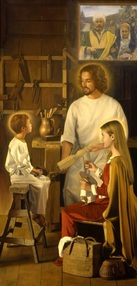
Comment:
“The Lord God then took the man and settled him in the garden of Eden, to cultivate and care for it” (Genesis 2:15). The Father created all and asked humanity to continue the work of creation. We find our dignity in our work, in raising a family, in participating in the life of the Father’s creation. Joseph the Worker was able to help participate in the deepest mystery of creation. Pius XII emphasized this when he said, “The spirit flows to you and to all men from the heart of the God-man, Savior of the world, but certainly, no worker was ever more completely and profoundly penetrated by it than the foster father of Jesus, who lived with Him in closest intimacy and community of family life and work. Thus, if you wish to be close to Christ, we again today repeat, ‘Go to Joseph’” (see Genesis 41:44).
Quote:
In Brothers of Men, René Voillaume of the Little Brothers of Jesus speaks about ordinary work and holiness: “Now this holiness (of Jesus) became a reality in the most ordinary circumstances of life, those of work, of the family and the social life of a village, and this is an emphatic affirmation of the fact that the most obscure and humdrum human activities are entirely compatible with the perfection of the Son of God....this mystery involves the conviction that the evangelical holiness proper to a child of God is possible in the ordinary circumstances of someone who is poor and obliged to work for his living.”
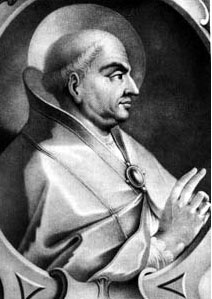
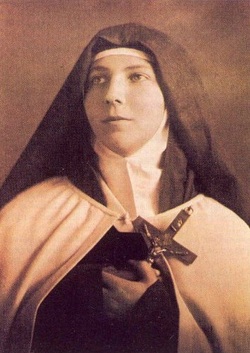
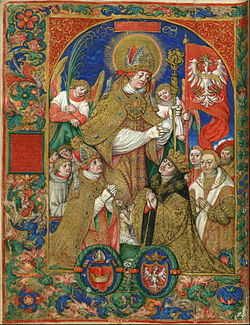

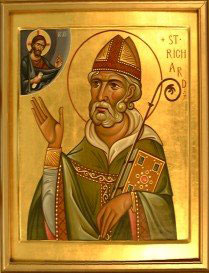
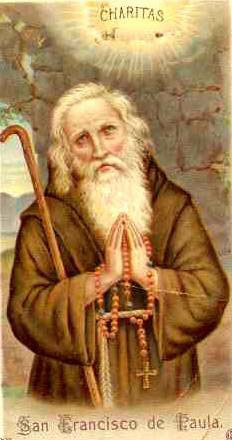
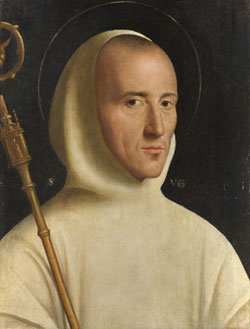
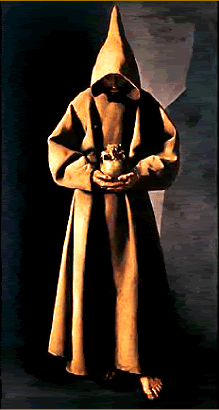
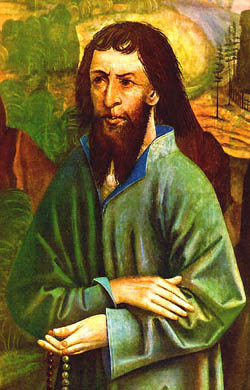
 RSS Feed
RSS Feed
